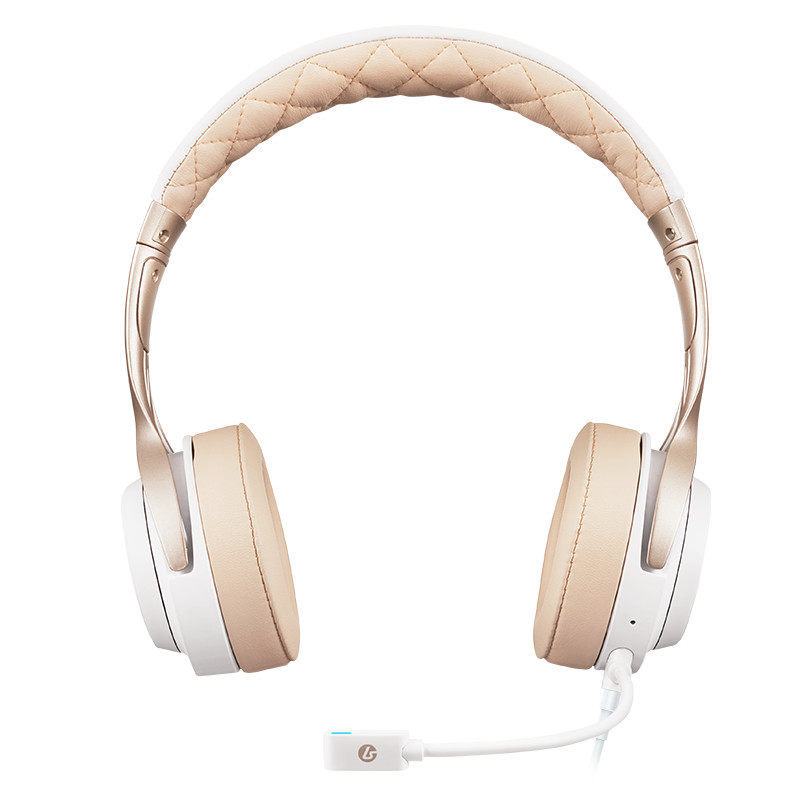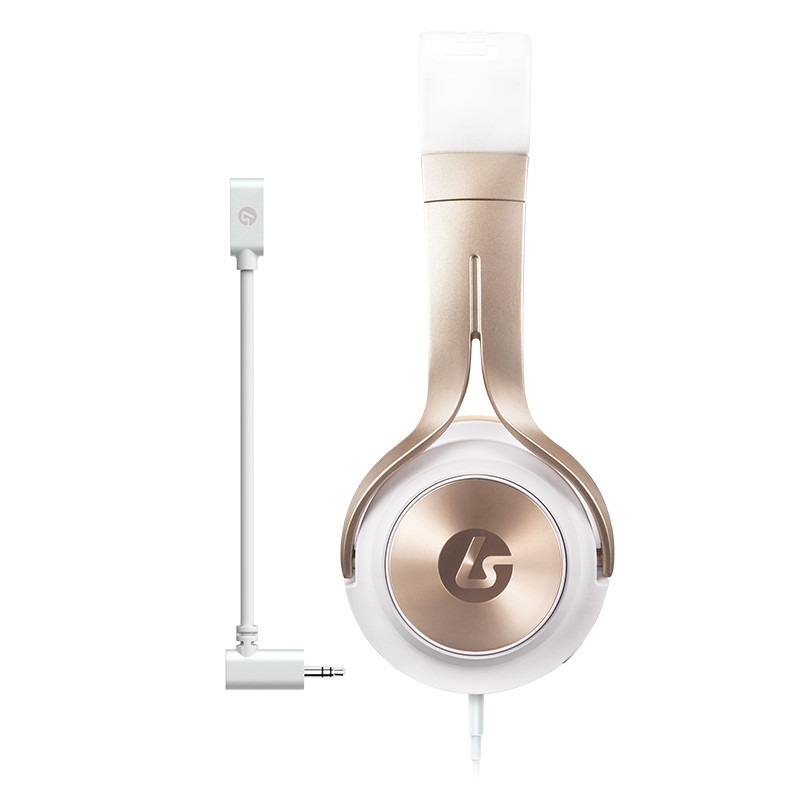Review: LucidSound LS20 headset
The LucidSound LS20 shines on virtually any gaming platform, but where it's truly radiant is in the mobile space. This is one headset you'll definitely want to take with you.
LS20 Feature highlights and specifications
A unique feature of the LS20 is that it can be used as an amplified (powered) headset or a passive headset. Charge the battery via the included micro USB cable, and you power on the LS20 for extra-loud, thumpy audio. There's also a bass boost button to enable even stronger bass.
The LS20 includes a built-in Mic and a detachable boom mic.
And if the battery dies, you can still use LS20 as a standard passive headset. It will have a little less boom and thump but you can still rock the house (or airport, or bus, etc.)
LucidSound LS20 Specifications

- 40mm drivers
- Ear cup controls (left volume, right mute)
- Ear cups rotate 90 degrees
- Amplified
- Bass Boost mode
- Rechargeable 20 hour Battery
- Built-in Mic
- Optional, detachable boom mic with LED mute indicator
- Memory foam ear cushions
- Available in black or white
- 3.5mm connector
- Micro-USB input (charging)
- Weight: 255g (9 ounces)
The LS20 relies entirely on ear cup mounted controls, which (personally) I generally prefer to inline remotes as long as the controls are easy to identify and use without fiddling with the headset or taking it off.
Another really nice feature (one I've come to prefer in gaming headsets) is a boom mic with a built-in LED mute indicator. Just tap the right ear cup to mute the microphone, and the LED makes sure you know it's muted. The bass boost button is also on the underside of the right ear cup; it's a little tricky to find by touch, but not a button you'll use frequently.
LS20 performance evaluation
For testing purposes, I predominantly used the LS20 for listening to music on my PC and Google Nexus 6P phone, in addition to playing Blizzard's Overwatch on my desktop PC.
For PC users, after connecting the headset you need to press and hold the power button for about 2 seconds to power on the LS20 to enjoy its amplified audio. Make sure the LS20 is in the right mode; once it's powered on, you need to cycle it to the proper mode, as indicated by the color of the power LED: Blue for PS4, Purple for Xbox One, and Red for PC or mobile devices.
(Putting the LS20 in the wrong mode when it's powered up won't break the headset, but it can result in a loud 'knocking' sound, as evidenced when I had my phone connected but accidentally put it in PS4 mode.)
In my own 'real world' tests, I found the LucidSound LS20 delivered generally excellent audio (with its bass boost) with no major deficiencies. It's extremely light, comfortable, and sounds generally as good or better than any of the $100 or sub-$100 headsets I've reviewed in recent memory. Voice is clear, explosions are vigorous, and (as Jazz Vader might say) the bass is strong in this one.
And with amplification enabled, the LS20's get more than loud enough to compensate for the lack of full ear coverage.
One feature that would be nice to have is a speaker/mic Y-splitter, which the LS20 doesn't include. As it turns out, my Alienware Aurora desktop lacks a 3.5mm unified mobile connector; so if you're eyeing the LS20 as a desktop headset, check your connectors.
The LS20 boasts a very resilient, sturdy, and lightweight design. Combined with the very comfortable ear cups, it provides a nearly perfect balance between fit and comfort. It's one of the most comfortable headsets in its size class I’ve ever worn—so much so that I put them through a “test” I don’t usually do for most headsets (even in this size): I took them running.

Run Lucid, Run!
Connecting the LS20 to my Google Nexus 6P, I fired up Runtastic Pro and ran a 5.5 mile course while blasting tunes through Amazon’s Prime Music Player. My entire course took nearly an hour, and I can honestly report the LS20’s held tight, i.e. they never got uncomfortable or slid off my head.
As a matter of fact, I don't think I'll go back to typical earbuds or my wireless AfterShokz Bluez. The LS20's were that good.
If there's one area of improvement I would suggest for the LS20's, it's the volume dial. It’s a bit too streamlined, and it's shiny/glossy plastic, so it's difficult to grip and turn easily. You really have to squeeze your fingers, and it's pretty tight to turn. LucidSound clearly favored streamlined and sexy over functional here; some grip-friendly soft touch rubber around the rim of the dial, and/or less-stiff dial would both help correct this minor deficiency.
But that’s about my only real complaint/criticism. Personally, I'd love to see LucidSound take the LS20 even further into the mobile space, with a folding design that breaks down and stores in a compact hard case, and features an audio sharing port and Bluetooth connectivity for added flexibility.
Overall: Excellent / Recommended
At a price around $100, the LS20 headset is a sound choice as a general travel/mobile/multi-platform headset, but where they truly excel is in the mobile space as a travel companion. They sound great, they are well designed, and boast exceptional comfort. I've been and continue to run with them regularly and use them as my go-to mobile headset. They will almost assuredly be going with me to E3 2017!
